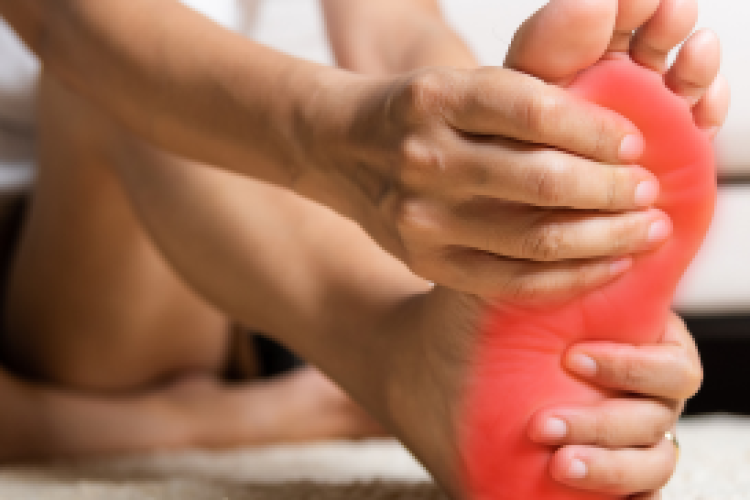Whether you’re a beginning skier or snowboarder or an experienced winter sports enthusiast, there are steps you should take to reduce your risk of injury this winter. By preparing yourself in advance, you can protect yourself from everything from shoulder fractures to frostbite to brain injuries, says Barry S. Kraushaar, MD, an orthopedic sports medicine surgeon at Montefiore Nyack Hospital.
The best way to protect yourself against winter sports injury is to be in good athletic condition. The ability to exercise or perform outdoor sports this time of year can be more demanding than during other times of the year due to the stresses that cold conditions create on your body, says Dr. Kraushaar, who has been skiing since age 5.
He urges winter sports enthusiasts to keep in shape all year, so they’re ready for the slopes. “Cross training and endurance training are very important,” he says. “Running, cycling and using the elliptical keep your legs in shape. Classes that promote core strengthening, like Pilates, are also good for winter sports.” Exercise in cold conditions adds to the amount of work the athlete faces, and any weakness is exposed by the need to generate body heat and keep your core warm.
Winter sports require special abilities that are unique, making it important to know techniques before performing them. Skiing or snowboarding lessons can help prevent injuries, Dr. Kraushaar says. “Taking classes will give you lifelong skills that will stay with you.” He warns against trying to keep up with friends who are more advanced. “If you go with a friend to a slope that you’re not prepared for, you’re putting yourself at risk of injury,” he says.
Common winter injuries include knee and ankle injuries, including anterior cruciate ligament (ACL) tears or fractures. To help protect yourself from these injuries, have your bindings inspected and be sure that your footwear is sized properly. Another common injury is skier’s thumb, which occurs when skiers fall awkwardly on their hands while holding a ski pole. This results in an ulnar collateral ligament (UCL) tear which is a ligament on the inside of the thumb. To prevent this, make sure your ski strap stays below your wrist. Skiers can dislocate or fracture their shoulder when they fall on an outstretched arm.
Many of these injuries happen at the end of the day when people overexert themselves to finish that one last run. It’s important to pay attention to how you’re feeling and stop when you are fatigued, Dr. Kraushaar says. Skiers and snowboarders should wear helmets. “I tell my patients we can fix almost everything except the skull and neck,” he says.
Keep Warm to Stay Safe
In addition to injuries, winter sports also bring a risk of hypothermia, frostbite, and dehydration, Dr. Kraushaar says. “People don’t realize it only takes minutes to get frostbite on the nose or fingertips in very cold, windy weather,” he says. “That’s why it’s so important to wear layers and choose wind-resistant clothing.”
Wearing layers can also help protect against hypothermia or too-low body temperature. If your core body temperature drops just a few degrees, hypothermia will set in. With even mild hypothermia, your brain and body do not work as well. Severe hypothermia can lead to death.
Choose an inner layer that wicks sweat away from the skin (such as lightweight wool, polyester, or polypropylene). Good middle layers are polyester fleece, wool, microfiber insulation or down—these insulate and keep the heat in. A good outer layer repels wind, snow, and rain.
Finish off your winter sports wardrobe with a warm hat, face mask, scarf or neck warmer, mittens or gloves, wool or polypro socks, and warm, waterproof shoes or boots.
Keeping hydrated is also important when you’re outside in the snow. “You lose moisture when you exert yourself, even when it’s cold,” he says. “But unlike hot weather, when you can see and feel your sweat, you may not realize you’re sweating in the cold.” Drinking water—not alcohol or caffeine, which makes the body lose even more water—is key to avoiding dehydration, he notes.
If you’re used to skiing on the East Coast and take a vacation in Colorado, be aware of the change in altitude, Dr. Kraushaar warns. “The first night and day, take it easy and get used to the thinner air. And definitely don’t drink and ski!”
No matter where you are before you decide whether to spend the day skiing or snowboarding, pay attention to the conditions outside, Dr. Kraushaar advises. “All of these sports involve controlling your motion on snow or frozen surfaces. If it’s icy outside, it’s hard to control your movements. The worse the conditions, the more you are tempting fate. By avoiding the ice, you may be avoiding injury.”



 Upcoming Events
Upcoming Events



